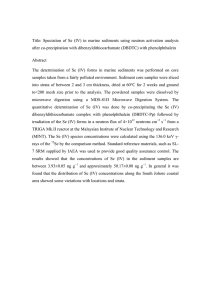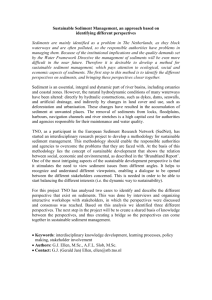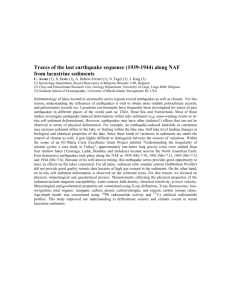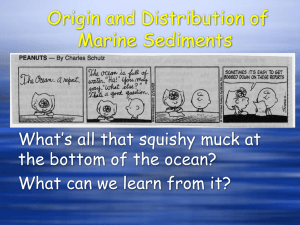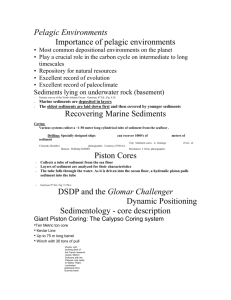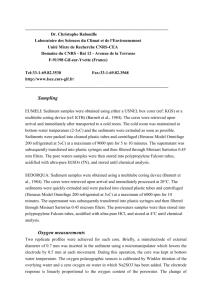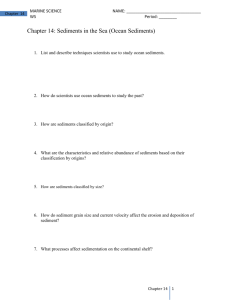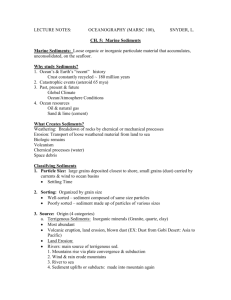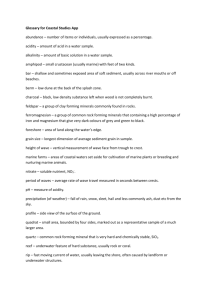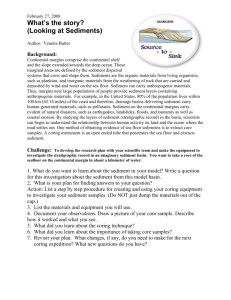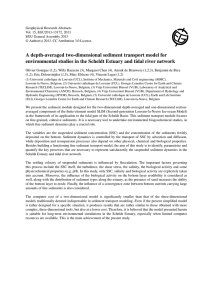Point Count analysis was completed using the Gazzi
advertisement
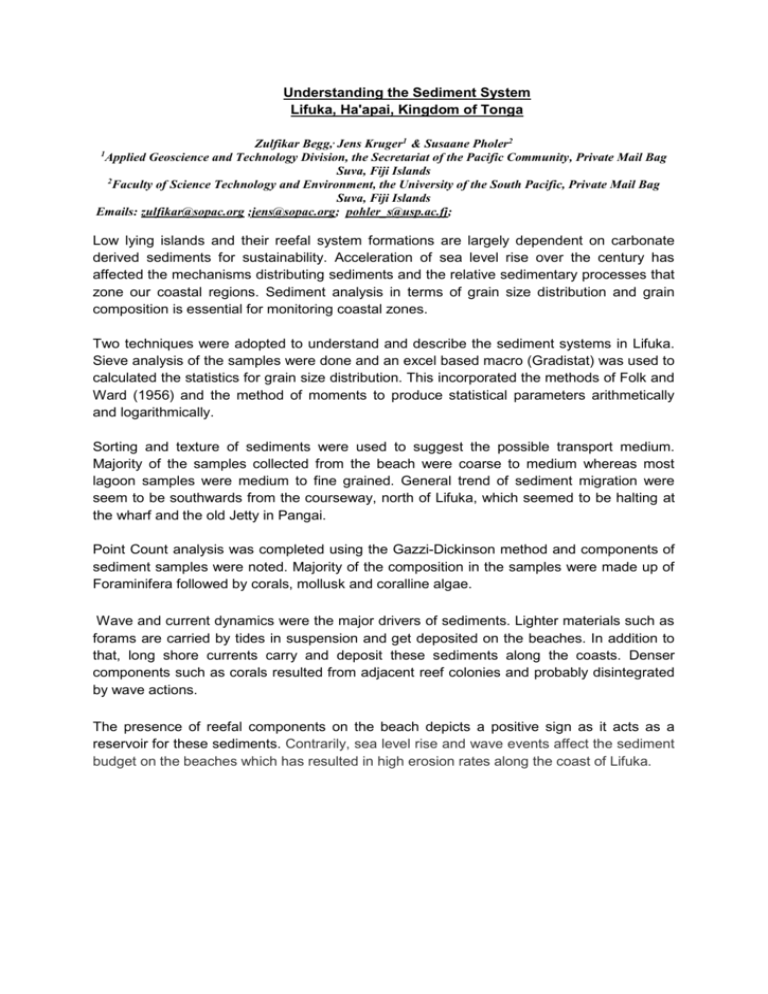
Understanding the Sediment System Lifuka, Ha'apai, Kingdom of Tonga Zulfikar Begg,, Jens Kruger1 & Susaane Pholer2 Applied Geoscience and Technology Division, the Secretariat of the Pacific Community, Private Mail Bag Suva, Fiji Islands 2 Faculty of Science Technology and Environment, the University of the South Pacific, Private Mail Bag Suva, Fiji Islands Emails: zulfikar@sopac.org ;jens@sopac.org; pohler_s@usp.ac.fj; 1 Low lying islands and their reefal system formations are largely dependent on carbonate derived sediments for sustainability. Acceleration of sea level rise over the century has affected the mechanisms distributing sediments and the relative sedimentary processes that zone our coastal regions. Sediment analysis in terms of grain size distribution and grain composition is essential for monitoring coastal zones. Two techniques were adopted to understand and describe the sediment systems in Lifuka. Sieve analysis of the samples were done and an excel based macro (Gradistat) was used to calculated the statistics for grain size distribution. This incorporated the methods of Folk and Ward (1956) and the method of moments to produce statistical parameters arithmetically and logarithmically. Sorting and texture of sediments were used to suggest the possible transport medium. Majority of the samples collected from the beach were coarse to medium whereas most lagoon samples were medium to fine grained. General trend of sediment migration were seem to be southwards from the courseway, north of Lifuka, which seemed to be halting at the wharf and the old Jetty in Pangai. Point Count analysis was completed using the Gazzi-Dickinson method and components of sediment samples were noted. Majority of the composition in the samples were made up of Foraminifera followed by corals, mollusk and coralline algae. Wave and current dynamics were the major drivers of sediments. Lighter materials such as forams are carried by tides in suspension and get deposited on the beaches. In addition to that, long shore currents carry and deposit these sediments along the coasts. Denser components such as corals resulted from adjacent reef colonies and probably disintegrated by wave actions. The presence of reefal components on the beach depicts a positive sign as it acts as a reservoir for these sediments. Contrarily, sea level rise and wave events affect the sediment budget on the beaches which has resulted in high erosion rates along the coast of Lifuka.


